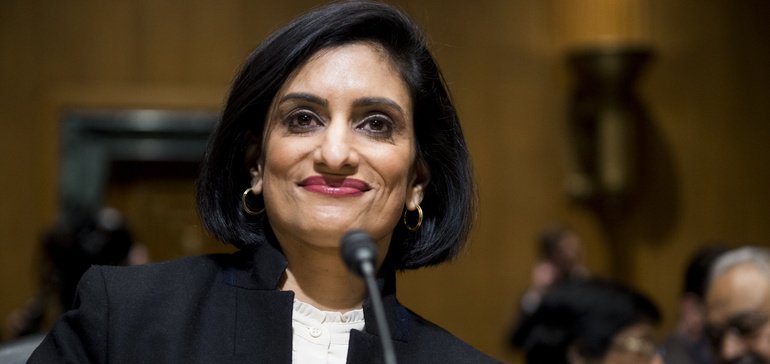
Dive Brief:
- CMS Administrator Seema Verma on Tuesday touted new patient safety data showing a significant decline in patient harm occurring in hospitals due to infections.
- From 2014 to 2017, the number of hospital-acquired conditions dropped by 13% — or about 20,000 avoidable deaths. Savings to the healthcare system totaled $ 7.7 billion.
- “While I am so proud of this accomplishment, we are working to get to a smaller set of dynamic measures that patients can use to identify high value providers,” Verma told attendees at the CMS Quality Conference in Baltimore.
Dive Insight:
In releasing the data on HACs, the Agency for Healthcare Research and Quality said more effort is needed to sustain improvement and reach the HHS goal of reducing such conditions by 20% of the 2014 baseline by next year. “In particular, we must continue to advance patient safety measurement, expand the evidence base for patient safety improvement strategies, and create resources to help providers and the healthcare workforce improve patient safety at the point of care,” the agency said.
CMS penalizes hospitals that have the worst HAC rates with Medicare payment cuts, and last year dinged more than 750 facilities. The American Hospital Association has criticized the agency’s methodology in determining the cuts, however, saying safety net hospitals are unfairly judged.
Regardless, the problem is costly for the healthcare system as a whole and dangerous for patients.
Also in her speech Tuesday, Verma cited a 20% rollback in duplicative and burdensome metrics in 2017 under the Meaningful Measures initiative and said CMS is working on a next generation of measures that she contends will be more patient-focused, value outcomes over process and include a simplified process for electronic submission.
“In an ideal world we would be able to evaluate quality without providers taking any extra effort, so we are focusing on electronic, registry and claims-based measures, going forward,” Verma said.
Verma also hinted Tuesday that CMS is crafting value-based payment models for states and other insurers to use. “Ideally, providers that are participating in models are doing so not only for their Medicare patients,” she said.
In the area of dual eligibles, Verma said CMS will be expanding existing payment models to additional states and will support development of new models.
Of the 12 million Americans who qualify for both Medicare and Medicaid, 26% of hospitalizations were potentially avoidable. Total healthcare expenditures for this group exceed $ 300 billion a year, due in part to misaligned financial incentives between the two programs. “As a result, we continue to see poor outcomes and poor customer experiences,” she said.
Verma also promised a new version of the Medicaid & CHIP Scorecard, which debuted last year. The updated scorecard will enable cross-state comparisons and include new measures on cost and program integrity, she said.
